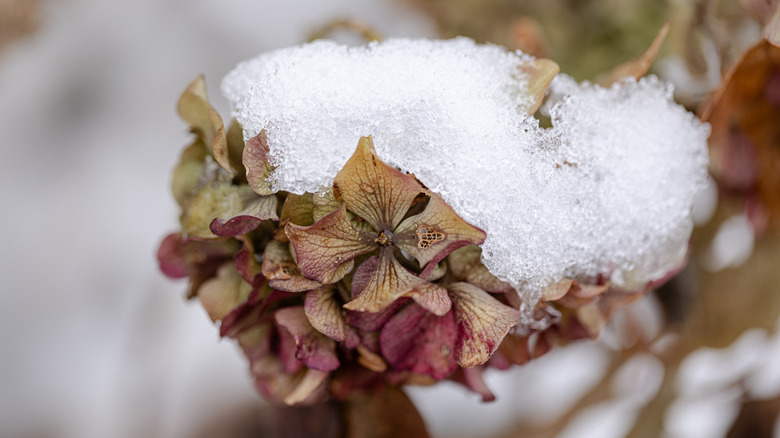As the seasons change, it’s natural for plants to go through cycles of growth and dormancy. Hydrangeas, in particular, are known for their vibrant blooms during the spring and summer months but may appear to be dying or dormant during the fall and winter. It can be tricky to tell if your hydrangeas are truly dying or just resting, but there are specific signs to look out for and things you can do to help your plants recover from dormancy.
As a gardener, it’s natural to feel a sense of pride and accomplishment when you grow hydrangeas and your plants are thriving. But when your hydrangeas start to look limp and lifeless, it can be a cause for concern. You may be wondering if you’ve done something wrong, or if your plants are succumbing to disease or pests. But before you start worrying, take a step back and consider the possibility that your hydrangeas may simply be going through a period of dormancy.
Signs that hydrangeas have entered dormancy

While dormancy is natural, it can be alarming to see your hydrangeas looking lifeless. These plants go dormant in the fall leading up to winter. Hydrangeas may also go dormant due to lack of water or nutrients, extreme temperatures or weather conditions, and pests or diseases.
Signs of dormancy in hydrangeas include wilted or droopy leaves and a bare appearance, yet the stems are soft and bendy. You’ll also find buds are still there even though the plant doesn’t look vibrant and may even appear in bad shape. If you notice any of these signs, it’s important not to panic.
Dormancy is a natural part of a plant’s life cycle, and with proper care, your hydrangeas can come out of it and bloom again in the spring. To help your hydrangeas emerge from dormancy and thrive, make sure you water thoroughly, but infrequently, to encourage deep root growth. Then provide a balanced fertilizer to give your plants a nutrient boost.
How to revive dying hydrangeas
Sometimes hydrangeas can die due to underlying issues. If you’ve provided proper care and your hydrangeas are still struggling, it may be time to assess the situation. Signs that your hydrangeas are dying include wilted or discolored leaves that don’t improve with watering and stems that are brittle or breaking. You may also notice no new growth or blooms, even in the spring, and your hydrangea may not respond to fertilizer.
If you notice any of these signs, it’s important to act quickly. Check the soil for signs of overwatering. It is also a good idea to do a test to check the health of your soil to ensure the hydrangea is getting proper nutrients. Next, consider pruning back the affected areas. This will help stimulate new plant growth. However, if despite utilizing all these tweaks, the problem persists, consider consulting with a gardening expert to get to the bottom of the problem. You’ll also want to protect your plants from extreme temperatures and weather conditions. Also, on a regular basis, inspect your plants regularly for signs of pests or diseases. Then, wait until spring to prune your hydrangeas to promote new growth.